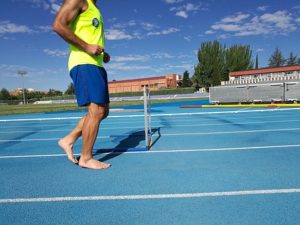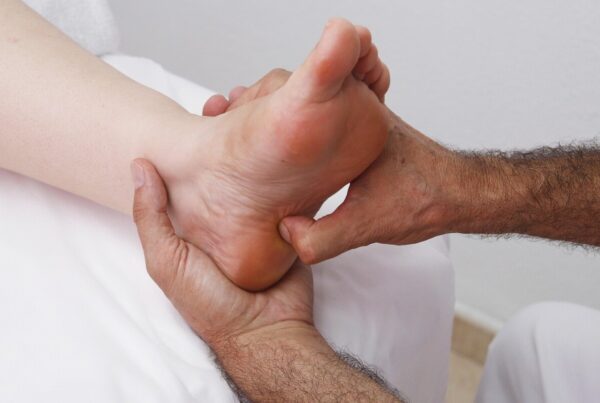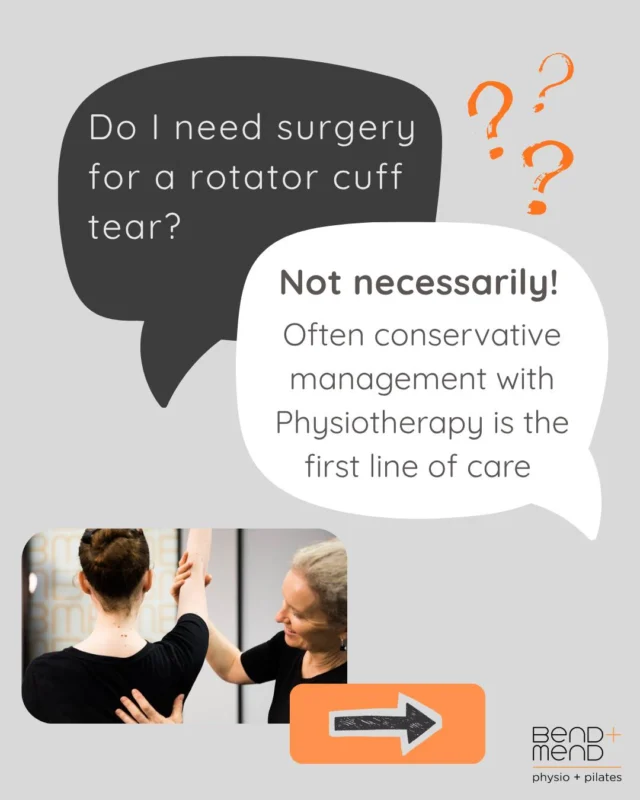 Have you noticed your personal trainer running around in funny shoes that look like they belong on an amphibian? Or even without shoes altogether? A new craze known as “barefoot running” has hit the fitness world, but is it worth spending the big bucks on the “barely there” shoes or even taking your shoes off and running barefoot?
Have you noticed your personal trainer running around in funny shoes that look like they belong on an amphibian? Or even without shoes altogether? A new craze known as “barefoot running” has hit the fitness world, but is it worth spending the big bucks on the “barely there” shoes or even taking your shoes off and running barefoot?
You may have heard that wearing these types of shoes can improve your running technique and even correct poor biomechanics. Unfortunately, this is not the case. It is possible to improve your running technique and your biomechanics, but it takes time and effort, and can’t be corrected completely by a pair of shoes, or lack thereof!
The difference between running barefoot, or in these “barefoot shoes”, and normal running shoes is the lack of cushioning and support. If you are recovering from injury, or returning to exercise after a period of rest, then barefoot running is probably not for you. The cushioning and support in normal running shoes can lessen the impact on your joints, which is desirable if you have had an injury anywhere in the lower half of your body, including the lumbar spine.
So, are there any advantages to barefoot running? The research is still inconclusive as to whether it limits injuries, but it can help to strengthen the intrinsic muscles in your foot, improve balance and proprioception, and can change your running stride to forefoot as opposed to heel strike, which some people argue is more efficient.
The final verdict? There is no research to show that running barefoot or in barefoot running shoes is likely to reduce injuries or correct biomechanics. As always, if you are unsure whether these shoes are suitable for you, or are suffering from pain or injury related to your running, be sure to contact your Bend + Mend Sydney Physiotherapist.





